The county was led by Marshal Josip Broz Tito, first as Prime Minister from 1944 to 1963 and later it's President from 1953 through his death in 1980. He was viewed as both as an authoritarian as well as a benevolent dictator thanks to his successful economic and diplomatic policies as well as his internal policies which maintained a peaceful coexistence of the six various nations and differing ethnicities and religions of which Yugoslavia was comprised. He suppressed their nationalist sentiments while promoting brotherhood and unity across the various regions and gave all of Yugoslavia's ethnic groups the same rights.
Unlike many of the communist countries in the Eastern Bloc, who were aligned with the Soviet Union, Tito led the Non-Aligned Movement in 1961, where Yugoslavia and other nations refused to side with either the Eastern Bloc or NATO nations.
Following Tito's death in 1980 at the age of 87, the controls under Tito which held the country together for so long faded and ethnic tensions grew. An economic crisis in 1989 led to large numbers of unemployed workers and social despair. There arose conflicts, mainly between the majority Serbians, who wanted to maintain the republic - only with greater control over the entire nation - and the Croatians and Slovenians, who wanted more autonomy and decentralization, in direct contrast to the desire of the Serbs. Tensions rose when Serb communities within Croatia tried to secede from Croatia, not wanting to be a national minority within a sovereign Croatia should it leave Yugoslavia.
War broke out in August of 1990 when Croatia attempted to replace police in the Serbian populated Krajina region of Croatia. This eventually led to armed conflicts with the Croatian police forces and the Serbian civilian armed resistance. Similar events then took place in Slovenia to the north and Bosnia and Herzegovina in the central region, which had an especially mixed population of Croatians, Bosnians and Serbs, who were all of differing religions. As the ethic populations had drifted out of their original nations throughout the existence of Yugoslavia, those people, the Serbians in particular, sought to return to Serbia as tensions over independence movements in Croatia, Slovenia and Bosnia and Herzegovina grew, resulting in a great number of refugees.
which each had a different mix of ethnicities
Not all of the Serbians chose to leave however, and the main point of conflict became the Serbians living in Croatia attempting to secede from Croatia as the government of Croatia predictably fought to keep the breakaway areas as part of the Republic of Croatia.
In September of 1991, Macedonia declared its independence from Yugoslavia and, similar to the situation in Croatia, Serbians living in Bosnia voted to form a Serbian republic with lands that were part of Bosnia and Herzegovina and remain in a common state with Serbia and Montenegro. The Bosnian Serb referendum vote was declared unconstitutional by the republic's government, which later declared it's independence from Yugoslavia in April of 1992, which led to war in Bosnia shortly afterwards.
While there is no clear date for the end of Yugoslavia, the June 1991 departure of Croatia and Slovenia were the first dominoes to fall. Macedonia then left in September of 1991. Bosnia and Herzegovina departed in April 1992. Serbia and Montenegro retained the use of the name Yugoslavia until 2003 when it was renamed the State Union of Serbia and Montenegro until Montenegro then voted for its own independence in 2006.
Meanwhile the wars that broke out as the country divided and then sub-divded itself lasted for a decade until 2001, primarily due to the Yugoslavian military, eventually representing only Serbian ideals, looked to add the Serbian populated areas of Croatia and Bosnia to Yugoslavia by force, while those nations fought to maintain their territories and existing borders.
Often described as Europe's deadliest war since World War II, war crimes, ethnic cleansing, atrocities and crimes against humanity, such as the genocide of the Srebrenica Massacre (8,000 killed) and the catastrophic four year long Siege of Sarajevo (14,000 deaths), all took their horrible toll, resulting in 140,000 casualties nationwide.
The Yugoslavia national hockey team played it's first game in 1939, a 4-2 win over the Netherlands. They finished in 13th place during the World Championships that year, but the outbreak of World War II meant that fledgling effort would quickly cease.
Following the end of the war, the Yugoslavia National Team returned to the world stage in 1951 where they went 1-4, with their only win coming in their final game against Austria as they finished 6th and last in Pool B. They again finished with a 1-4 record in 1955 for 5th in Pool B.
Placed in Pool C for their next effort in 1961, they iced a much stronger team, winning 12-3 over South Africa, 9-2 over the Netherlands and 10-2 over Belgium to finish in third place out of six with a 3-2 record.
After skipping 1962, Yugoslavia became regular competitors on the international stage beginning with the 1963 World Championships, playing once again in Pool B. Highlights included third place finishes in 1966, 1969 and 1973 before a second place effort as hosts in 1974, which included wins over Austria, Japan, West Germany and the Netherlands and ties against Romania and Norway.
later coaching the Slovenia National Team for 10 years
They were relegated following an eighth place finish in 1978, but earned an immediate promotion with a gold medal at the 1979 Pool C with a perfect 7-0 record, which included a 21-1 win over Great Britain.
They spent the next six tournaments bouncing up and down between Pool C and Pool B from 1981 to 1987 until three consecutive championships in Pool C from 1987 to 1990, when they again earned a promotion back up to Pool B with a 7-0-1 record from wins over South Korea, Romania, Bulgaria, North Korea, Belgium, Denmark and Hungary.
Yugoslavia also participated in the Olympics five times, 1964, 1968, 1972, 1976 and finally as hosts of the games in Sarajevo in 1984 with a best finish of 9th coming in 1968. There, they lost to Finland in a single game First Round playoff, which sent them to Group B to determine 9th through 14th places. Yugoslavia then dominated Japan, Norway, Romania, Austria and France to win the group with a 5-0 record to claim ninth place overall.
Despite conflicts having now broken out in parts of the country at times, Yugoslavia hosted the 1991 Group B World Championships in Ljubljana in the north (in what is now Slovenia) prior to the declarations of independence by Slovenia and Croatia just two months later. Despite promotion being available for the top four teams due to the expansion of Group A, Yugoslavia finished in sixth place with a 2-5 record.
With the country beginning to divide itself, as well as war breaking out, Yugoslavia had lost many players who were no longer citizens of Yugoslavia or were now in the military. As a result, after opening with a 3-3 tie against Romania, they staggered to a 0-6-1 record for last place in Group B, with their final game being a dismal 14-0 loss to Austria on this date in 1992, brining an end to their participation in international hockey after 42 years dating back to 1951.
Left winger Zvone Šuvak was the all-time leading scorer for Yugoslavia with 202 points from 129 goals and 73 assists in 155 games from 1979 to 1991, while center Edo Hafner was the leader in games played with 203 from 1969 to 1991, totaling 187 points.
Since the dissolution of Yugoslavia, Croatia (1993), Slovenia (1993), Serbia and Montenegro (1995) (but still using the Yugoslavia name through 2003), Serbia alone (2007), Bosnia and Herzegovina (2008) and Macedonia (2011) have all participated in IIHF World Championships, highlighted by Slovenia's qualification for the 2014 Olympics in Sochi, Russia. The Slovenian's accomplished this remarkable achievement by defeating Belarus, Denmark and Ukraine in a qualification tournament hosted by Denmark. The Slovenians quickly became fan favorites as underdogs by defeating Slovakia 3-1 during group play and then eliminating Austria 4-0 in the Quarterfinals during the Games in Sochi.
Mustafa Besic, the captain of Yugoslavia’s team in Sarajevo 1984
Today's featured jersey is a 1992 Yugoslavia National Team Jersey as worn during their final World Championship appearance. This style of jersey made by Tackla was first used in 1989 through Yugoslavia's final game on this date in 1992. It's quite possible this jersey was used for more than one season and could have originated from as far back as 1989 when Tackla added outlines to the colored shoulders.
There is evidence of a wide nameplate having been removed from the jersey and the low position of the sleeve numbers leaves room for a sponsor advertisement, suggesting it was used during the World Championships.
Bonus jersey: Today's featured jersey is a 1991 Yugoslavia National Team Zvone Šuvak Jersey as worn during the 1991 World Championships with the nameplate and sponsor patches still intact as worn by the leading scorer in the history of the Yugoslavia National Team.
Šuvak was also the all-time leading scorer in the Yugoslav Ice Hockey League with 520 goals and 314 assists for 834 points from 1976 through 1993. He also represented Yugoslavia at the World Championships nine times and played in the 1984 Olympics hosted by Yugoslavia.

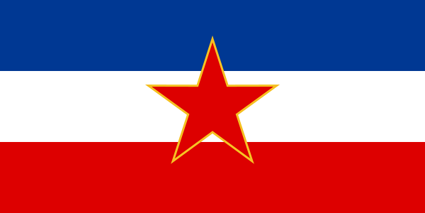

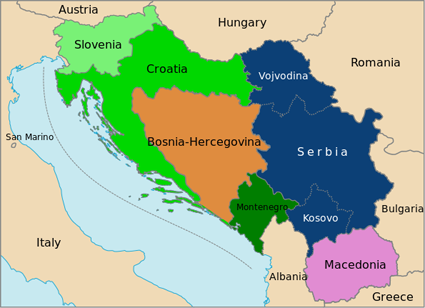
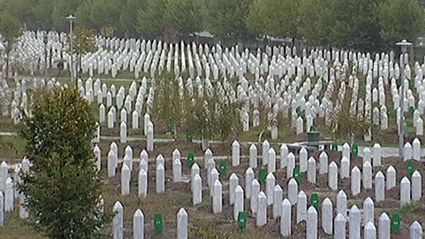
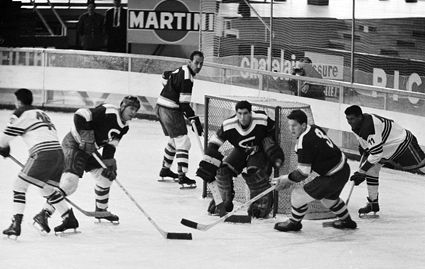
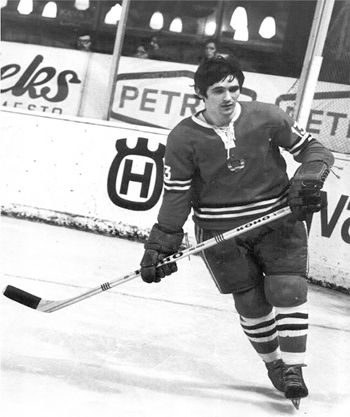
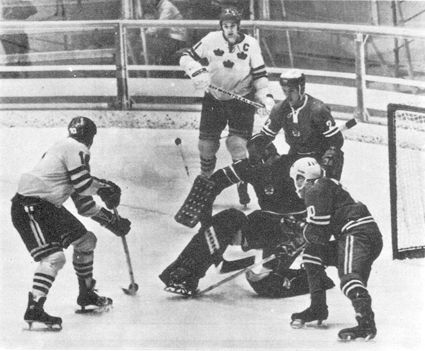
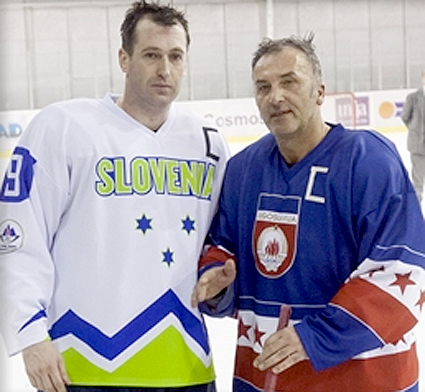
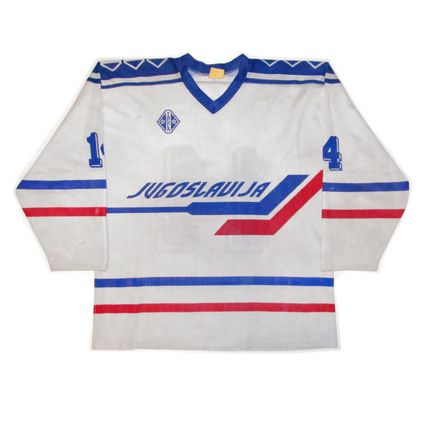
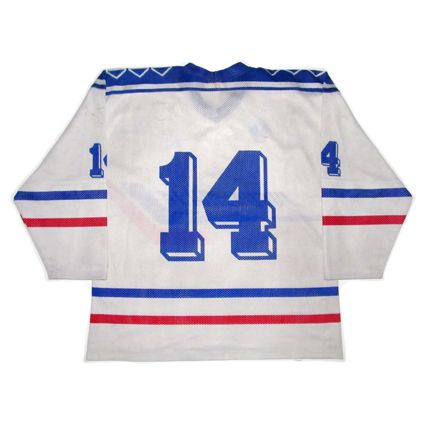
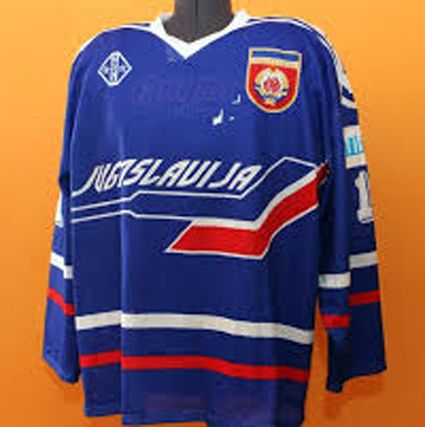
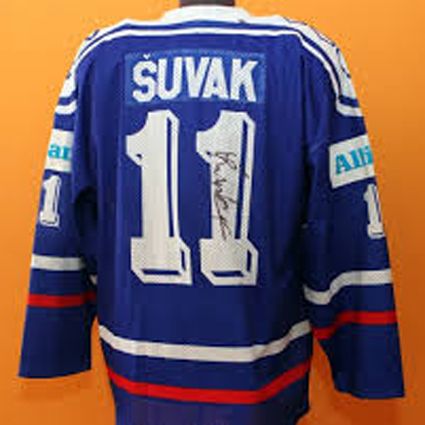










Nice blog! A fair, honest rendering of historical events - esp.relating to the late leader Tito. Good luck!
ReplyDeleteThanks. We appreciate your comment and we're glad you enjoyed reading it.
ReplyDeleteA bit late, but in case anyone is interested, the number 14 was supposed to be assigned to Matjaz Kopitar [yes coach and father of Anže] during the 1992 World Championships.
ReplyDeletePossible this was his at one point.